A long-standing kitchen custom—adding milk or sugar to the water when boiling corn on the cob—is receiving fresh analysis from culinary experts and food scientists. This simple step, often dismissed as folklore, is rooted in fundamental chemistry that can significantly enhance the taste of the final product. An examination of this sweet corn preparation technique reveals how basic food science can preserve and amplify the natural sweetness of one of summer’s most popular vegetables.
The Science of Preserving Sweetness
The key to understanding the method’s effectiveness lies in the biological changes that corn undergoes after being harvested. Immediately after picking, the corn’s sugars begin a natural conversion into starch, a process that diminishes its sweetness. The longer the time between harvest and cooking, the more pronounced this flavor loss becomes.
“What you’re fighting against is an enzymatic process,” explained Dr. Sarah Chen, a food scientist and professor at the University of California, Davis Department of Food Science and Technology. “Sweet corn is bred to have a high sugar content, but enzymes within the kernels are programmed to convert those sugars into starch for energy storage. Heat deactivates these enzymes, but you can also influence the environment before that happens.”
Adding a small amount of sugar or milk (which contains the sugar lactose) to the boiling water tackles this issue in two ways:
- Osmosis: By enriching the water with sugar, cooks create a solution that is closer to the natural sugar concentration inside the corn kernels. This reduces the pressure differential that would normally cause the corn’s sugars to leach out into the plain water. “It’s a simple application of osmosis,” Chen said in an interview. “You’re balancing the chemical environment to keep the natural sweetness locked inside the kernel where it belongs.”
- Flavor Enhancement: While the primary benefit is preventing sugar loss, the added sugar in the water can also subtly enhance the overall perceived sweetness of the corn itself.
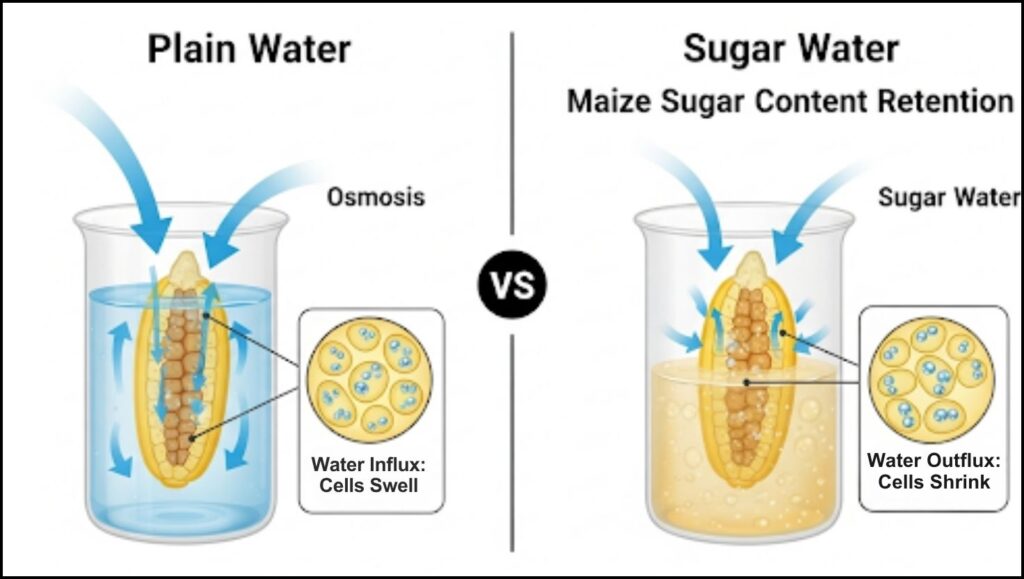
From Farm-Fresh Ideal to Supermarket Reality
The debate over this technique often hinges on the quality and freshness of the corn. Purists and many farmers argue that truly fresh corn picked and cooked the same day is so naturally sweet that it requires nothing more than a quick boil in plain water.
“If you’re getting your corn from a local farm stand and cooking it that night, its sugar levels are at their peak,” said David Kress, a third-generation farmer in Lancaster County, Pennsylvania, a region famous for its produce. “At that point, adding anything to the water is just gilding the lily. The corn’s natural flavor is perfect as it is.”
However, most consumers purchase corn from supermarkets, where it may have been in transit and storage for several days. According to a 2019 report from the U.S. Department of Agriculture (USDA), the post-harvest supply chain for fresh produce can involve several days of transportation and refrigerated storage, all of which provide time for sugar-to-starch conversion. For this less-fresh corn, the sugar-water method can make a noticeable difference, effectively compensating for the natural flavor degradation. It’s a practical adjustment that bridges the gap between the farm-fresh ideal and the typical consumer experience.
Alternative Cooking Methods and Culinary Science
While boiling remains a popular method for sweet corn preparation, modern culinary science has highlighted other techniques that excel at preserving sweetness, each using different principles.
Grilling
Grilling corn, either in its husk or directly on the grates, utilizes the Maillard reaction and caramelization. This process involves the browning of sugars and amino acids under high heat, creating complex, nutty, and roasted flavors that complement the corn’s natural sweetness rather than just preserving it.
Microwaving
Cooking corn in the microwave, often with the husk left on, effectively steams the kernels in their own moisture. This is one of the most effective cooking methods for retaining nutrients and sugars, as there is no water for them to leach into.
Sous Vide
A technique favored in high-end restaurants, sous vide involves vacuum-sealing the corn and cooking it in a precisely controlled water bath. This method offers unparalleled control, cooking the corn perfectly evenly while ensuring maximum retention of its natural flavor and texture.
“Each method has its place,” noted Chef Elena Martinez, executive chef at the Culinary Institute of America at Greystone. “Boiling with a bit of sugar is a fantastic trick for everyday corn. Grilling adds a smoky dimension. The method you choose should align with the flavor profile you want to achieve.”
The enduring appeal of adding sugar or milk to boiling water demonstrates a timeless intersection of home cooking wisdom and scientific principle. While debates may continue in kitchens and online forums, the science confirms that this simple “dad’s trick” is a reliable tool for ensuring a sweeter, more flavorful ear of corn, especially when it’s not fresh from the field.
Farmers Reveal Proven Methods for Assessing Sweet Corn Quality
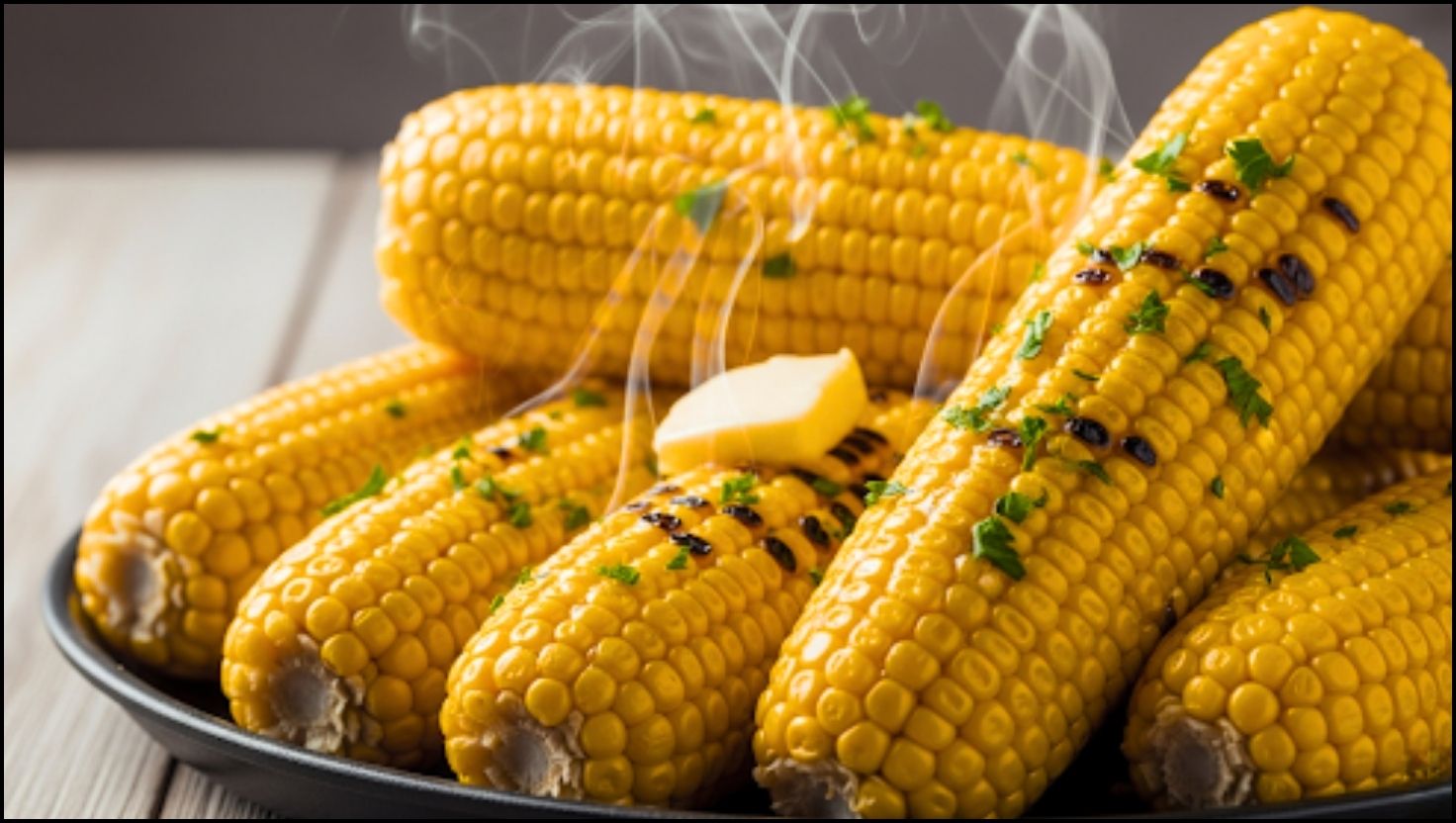

 How Quick Air Fryer Meals Are Reshaping the American Kitchen
How Quick Air Fryer Meals Are Reshaping the American Kitchen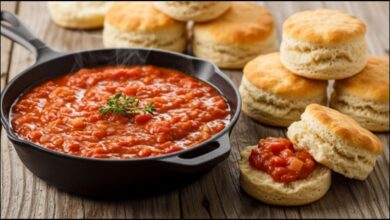 A Depression-Era Staple, Southern Tomato Gravy, Finds New Life in Modern Kitchens
A Depression-Era Staple, Southern Tomato Gravy, Finds New Life in Modern Kitchens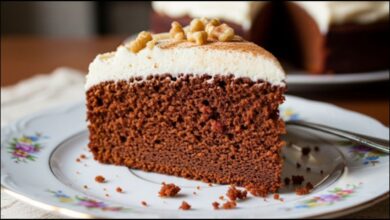 Why a Forgotten 1950s Cake with a Secret Ingredient Is Trending Again
Why a Forgotten 1950s Cake with a Secret Ingredient Is Trending Again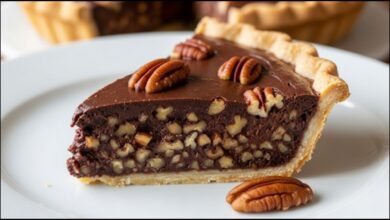 More Than a Dessert: How Tar Heel Pie Captures the Essence of North Carolina
More Than a Dessert: How Tar Heel Pie Captures the Essence of North Carolina